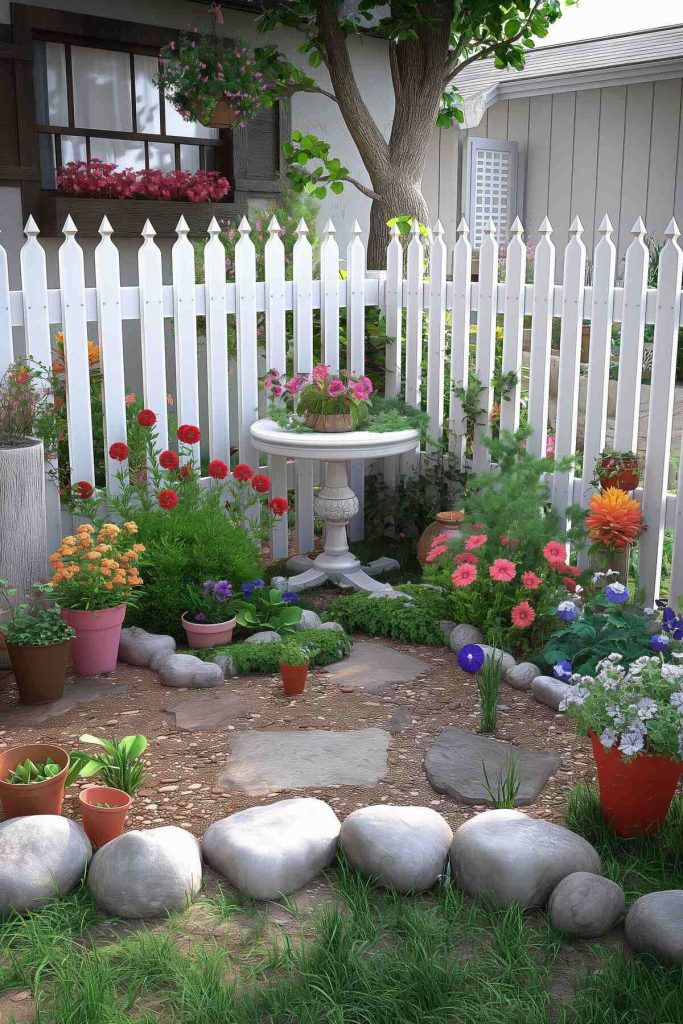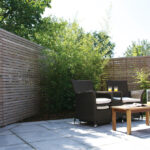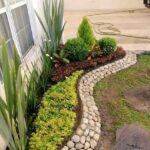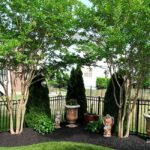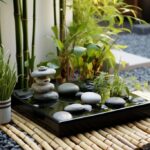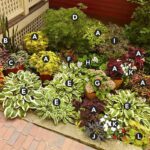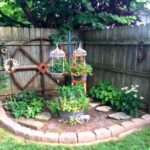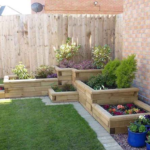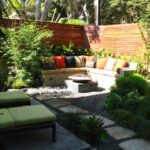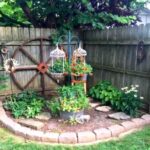Gardens are one of the most important features of any home. They provide a tranquil escape from the hustle and bustle of everyday life and can add beauty and charm to any outdoor space. When it comes to garden design, one of the key areas to consider is the corners of the garden. Corner spaces are often overlooked, but with some careful planning and creativity, they can become standout features in any garden.
One of the first things to consider when designing a garden corner is the size and shape of the space. Some corners may be small and awkward, while others may be larger and more spacious. It’s important to take these factors into account when planning the layout and design of the corner. For smaller corners, consider using vertical elements such as trellises or hanging baskets to make the most of the space. For larger corners, think about incorporating seating areas or water features to create a cozy and inviting atmosphere.
Another important aspect of garden design is the type of plants and flowers that will be used in the corner. Consider the amount of sunlight the corner receives and choose plants that thrive in those conditions. Incorporating a variety of plants with different heights, textures, and colors can create a visually appealing and dynamic corner. Mix in some evergreen shrubs or trees for year-round interest, and add seasonal flowers for pops of color throughout the year.
In addition to plants, consider adding hardscaping elements to the garden corner. This can include features such as stone pathways, ornamental fencing, or decorative pots and urns. Hardscaping elements can help define the space and add structure to the corner, creating a more cohesive and polished look. Consider incorporating a focal point such as a water fountain or sculpture to draw the eye and add interest to the corner.
When designing a garden corner, it’s important to think about the overall style and aesthetic of the space. Whether you prefer a formal and structured design or a more relaxed and informal look, make sure the corner fits in with the overall theme of the garden. Consider using similar materials, colors, and textures throughout the space to create a sense of unity and cohesion. Don’t be afraid to experiment with different design elements and styles to create a unique and personalized corner that reflects your personality and tastes.
Lastly, don’t forget to consider the practical aspects of garden design in the corner. Think about how the space will be used and what activities you want to be able to do there. If you plan on entertaining in the garden corner, make sure to include enough seating and lighting for guests. If you want a quiet reading nook, consider adding a bench or hammock for relaxation. By considering both the aesthetic and functional aspects of garden design, you can create a beautiful and inviting corner that enhances the overall beauty of your outdoor space.
